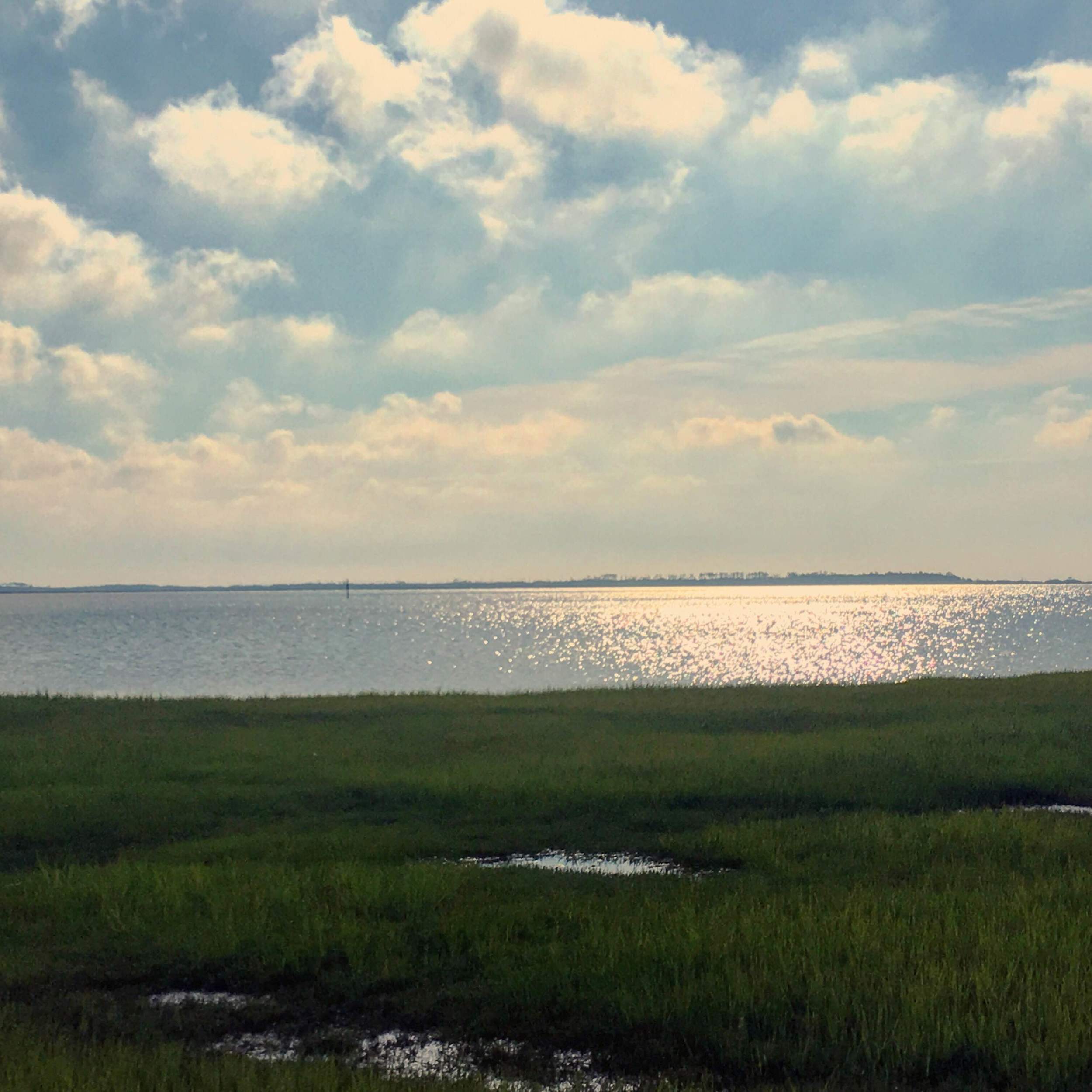Ecology of marsh migration and the formation of ghost forests
See our StoryMap page about the formation of ghost forests. Have you seen a ghost forest? Please contribute your ghost forest observations to our citizen science effort.
What factors define the boundaries of an ecosystem? And how are boundaries modified by environmental change? We are investigating the abiotic and biotic controls on the upland boundary of coastal marsh, an ecosystem on the move due to sea level rise. Using transplant and caging experiments, we are investigating factors of salinity stress, light competition, dispersal limitation, and herbivory, which affect the recruitment and survival of wetland foundation species in coastal forest in the Mid-Atlantic. Much of this work is being done at Blackwater National Wildlife Refuge, where standing-dead tree skeletons, collectively referred to as a “ghost forest,” are a testament to the rapid rate of marsh migration and landscape change.
The effect of sea level rise on coupled backbarrier-barrier island systems
Sea level rise can change the profile, footprint, and location of barrier islands, effects that may translate to the ecology and functioning of back-barrier habitats. In recent decades, some barrier islands are rolling landward at a rapid pace of geomorphic change, whereas other islands are more stable or stabilized through shoreline armoring and beach nourishment. We are studying the back-barrier habitats of stable and migrating systems to understand the coupling between barrier islands and the ecosystem services of their back-barrier habitats. For this project, we are focused on the ecosystem services of biodiversity, as a measure of habitat quality, and blue carbon storage in back-barrier habitats of the Mid-Atlantic coastal bays. We are also exploring whether marsh creation / restoration in areas where barrier islands lack back-barrier marsh may provide benefits of storm protection and slowing barrier island transgression.
Marsh migration into forested and agricultural landscapes on the Chesapeake Eastern Shore and Atlantic seashore
Due to sea level rise, tidal marshes are migrating onshore into natural and human dominated uplands as well as forested lands. With our collaborators at the Agroecology Lab and the Coastal Critical Zone Network, we are investigating changes in plant community composition and biogeochemistry that come from saltwater intrusion into active and abandoned croplands, many of which have accrued a substantial fertilizer legacy, and forested areas. We are working with stakeholders and farmer partners to monitor this land use transition and study the assembly of these disturbed, often invasive species-dominated, and nutrient-rich ecological communities.



